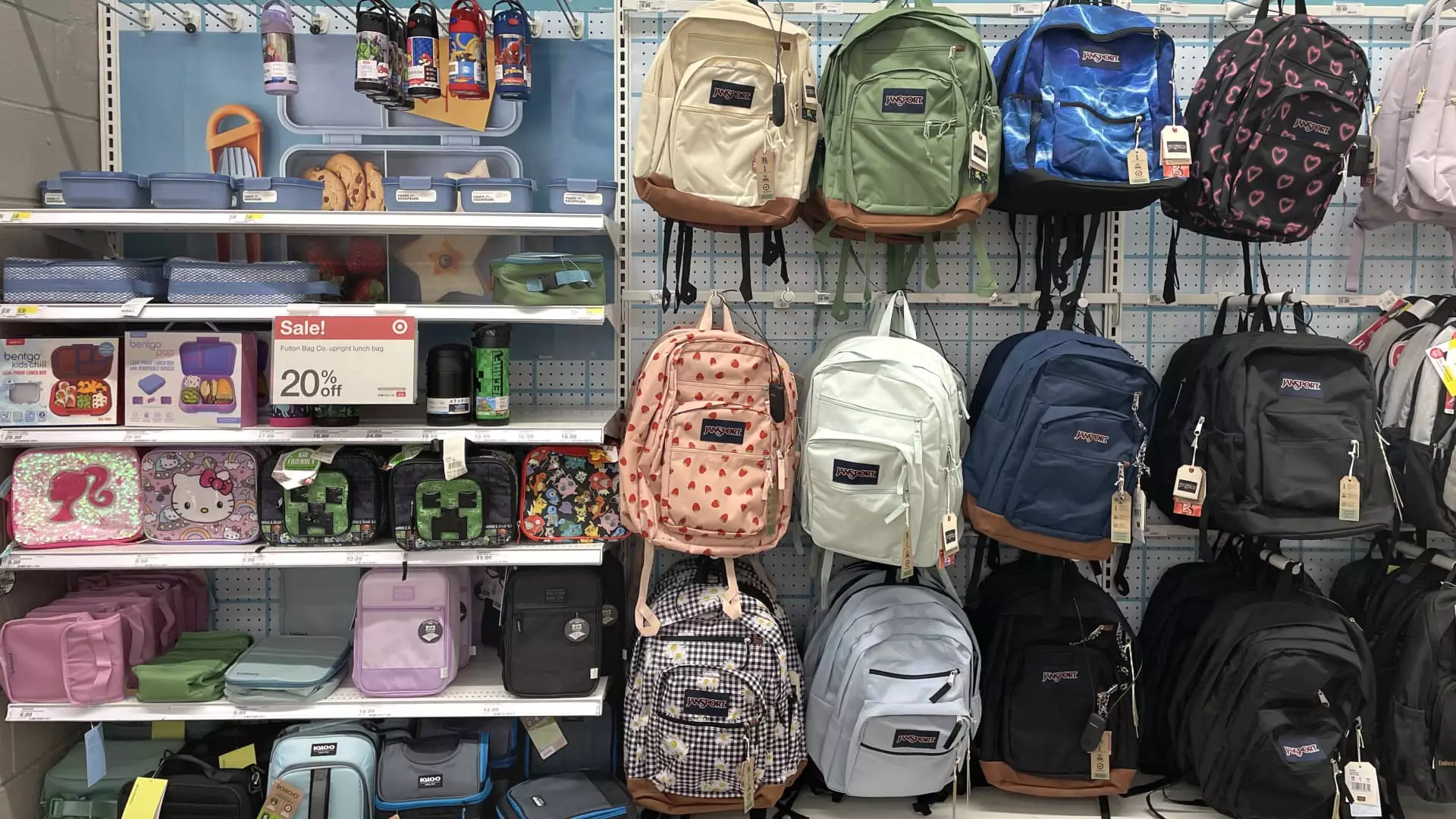As the nation approaches the busy back-to-school shopping period, many families are confronting a sobering truth: despite signs of inflation cooling, new tariffs spearheaded by the current administration threaten to undo that progress just as prices were starting to stabilize. The average family, already grappling with economic uncertainties, now faces a surge in costs for essential school supplies—an unwelcome burden that reflects a deeper structural issue. While inflation, as measured by mainstream indicators, shows signs of easing, the real story is more nuanced. The implementation of tariffs—particularly those introduced or threatened under President Trump’s recent tariffs—perpetuates a cycle of rising costs that disproportionately impacts everyday consumers.
In essence, what appears on the surface as a welcome decline in inflation figures masks a looming threat: tariffs that could push prices higher. For parents, especially those already stretched thin, this translates into a quieter but persistent pressure to cut corners. Back-to-school spending is traditionally viewed as a vital investment in children’s futures, but current trends suggest many are making tough choices—opting for cheaper backpacks, sacrificing quality, or delaying necessary purchases altogether. Deloitte’s recent survey underscores this trend, indicating an incremental decrease in average spending per child even amidst rising product costs. That slight dip—down from $586 in 2024 to just about $570—speaks volumes about how families are forced to prioritize and compromise, foretelling a broader societal shift driven by economic stress.
The Impact of Tariffs on Consumer Prices and Household Budgets
The core issue revolves around tariffs—policy tools often used to protect domestic industries but which, in reality, often serve as hidden taxes passed directly onto consumers. President Trump’s push for increased tariffs, targeting imports from numerous countries, was justified as a means to foster American manufacturing; however, the result is an inflationary squeeze on everyday goods. While the actual impact of these tariffs has yet to fully ripple through retail prices, experts warn that sustained implementation could dramatically alter consumer behavior and spending habits.
Chief Economist Jack Kleinhenz’s insights are particularly revealing. Despite the current lack of immediate price hikes, the potential for significant increases looms—especially if higher duties go into effect. The uncertainties surrounding these policies create a climate of caution, where consumers become more strategic about their spending, often opting to purchase less or switch to more affordable alternatives. It’s notable that 75% of parents plan to switch brands if costs become too prohibitive—a clear sign that tariffs are undermining brand loyalty and shifting consumer trust.
The behavioral adaptations extend beyond brand loyalty. More families are rushing into early shopping to avoid anticipated price hikes, reflecting a form of economic anxiety that influences even mundane decisions. This preemptive behavior underscores a broader discomfort with market stability and highlights how policy decisions shape personal financial planning—sometimes undermining the very economic recovery they aim to stimulate.
Economic Uncertainty and Its Societal Ripple Effects
Beyond individual wallets, these developments have profound implications for social cohesion and economic equity. As families tighten belts and cut back on non-essential expenses—56% according to Credit Karma data—the social fabric that supports local economies begins to strain. Smaller retail establishments and affordable stores may see increased patronage, yet the overall picture is one of cautious consumption rather than confident spending.
Furthermore, the ongoing debate about the true impact of tariffs underscores a critical need for nuanced economic policies. Policymakers tend to focus narrowly on trade deficits or domestic manufacturing, often at the expense of consumers’ financial well-being. The reality is clear: tariffs, while designed as strategic tools, often hurt the very populations they claim to support. For middle- and working-class families, especially parents striving to give their children a normal, hopeful start to the school year, these policies translate into tangible hardships.
One cannot ignore the broader implications—rising costs in educational essentials do not just compromise convenience; they threaten to widen existing inequalities. Families with fewer resources are less equipped to absorb these shocks, which could deepen disparities in educational access and success. As market conditions remain uncertain and tariffs continue to cast a shadow on supply chains, it is imperative that debate shifts from protectionist measures to consumer-centric policies—ones that recognize the human toll of economic strategies often cloaked in abstract trade statistics.

